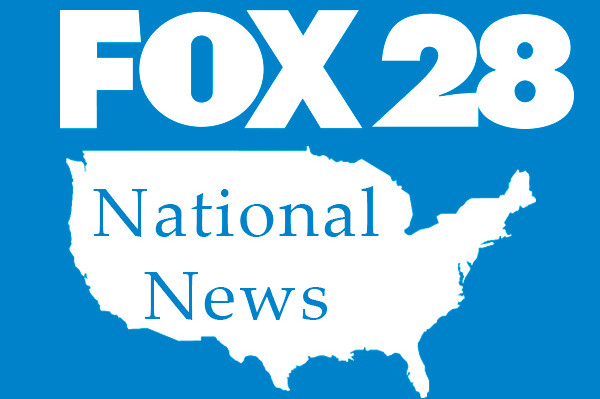
WASHINGTON (AP) — America’s employers added just 12,000 jobs in October, a total that economists say was held down by the effects of strikes and hurricanes that left many workers temporarily off payrolls. The report provided a somewhat blurry view of the job market at the end of a presidential race that has pivoted heavily on voters’ feelings about the economy.
Last month’s hiring gain was down significantly from the 223,000 jobs that were added in September. But economists have estimated that Hurricanes Helene and Milton, combined with strikes at Boeing and elsewhere, had the effect of pushing down net job growth by tens of thousands of jobs in October.
Friday’s report from the Labor Department also showed that the unemployment rate remained at 4.1% last month. The low jobless rate suggests that the labor market is still fundamentally healthy, if not as robust as it was early this year. Combined with an inflation rate that has tumbled from its 2022 peak to near pre-pandemic levels, the overall economy appears to be on solid footing on the eve of Election Day.
The government did not estimate how many jobs were likely removed temporarily from payrolls last month. But economists have said they think the storms and strikes caused up to 100,000 jobs to be dropped. Reflecting the impact of the strikes, factories shed 46,000 positions in October.
In a cautionary sign for future hiring, temporary job placement firms 49,000 jobs last month. Companies often take on temporary workers before committing to full-time employees.
On the other hand, healthcare companies added 52,000 jobs in October, and state and local governments tacked on 39,000.
Economists have noted that the United States has the strongest of the world’s most advanced economies, one that has proved surprisingly durable despite the pressure of high interest rates. This week, for example, the government estimated that the economy expanded at a healthy 2.8% annual rate last quarter, with consumer spending — the heart of the economy — helping drive growth.
Yet as voters choose between former President Donald Trump and Vice President Kamala Harris, large numbers of Americans have said they are unhappy with the state of the economy. Despite the plummeting of inflation, many people are exasperated by high prices, which surged during the recovery from the pandemic recession and remain about 20% higher on average than they were before inflation began accelerating in early 2021.
With inflation having significantly cooled, the Fed is set to cut its benchmark interest rate next week for a second time and likely again in December. The Fed’s 11 rate hikes in 2022 and 2023 managed to help slow inflation without tipping the economy into a recession. A series of Fed rate cuts should lead, over time, to lower borrowing rates for consumers and businesses.
In the meantime, there have been signs of a slowdown in the job market. This week, the Labor Department reported that employers posted 7.4 million job openings in September. Though that is still more than employers posted on the eve of the 2020 pandemic, it amounted to the fewest openings since January 2021.
And 3.1 million Americans quit their jobs in September, the fewest in more than four years. A drop in quits tends to indicate that more workers are losing confidence in their ability to land a better job elsewhere.



